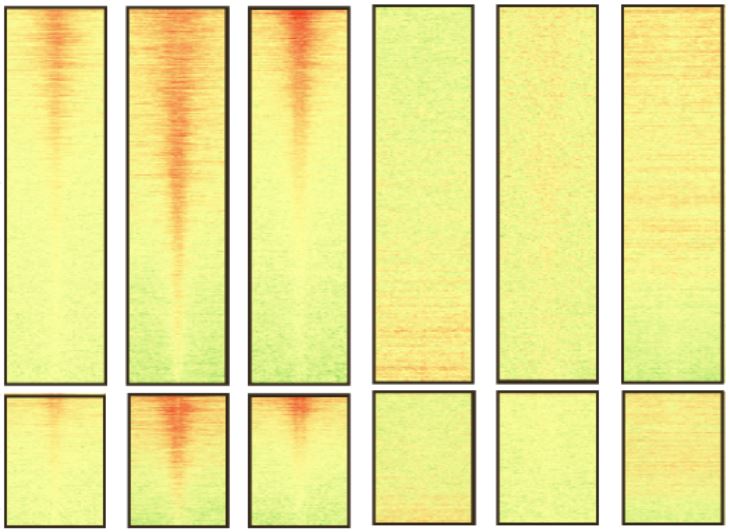Publications
Elucidating Blood Origin: From Reprogramming to Ontogeny

October 8, 2018
PhD. Thesis - University of Coimbra
Andreia Marques Gomes
Resources:
Abstract
Hematopoiesis, the process by which all blood cell types are formed, rely on self- renewing and multipotent hematopoietic stem cells (HSCs) that arise from specialized endothelial cells by a process termed endothelial-to-hematopoietic transition (EHT). The generation of autologous long-term self-renewing HSCs in vitro as replacement therapy for blood disorders has been considered the holy grail of regenerative medicine.
However, to achieve this, it is important to understand the complex genetic program driving HSC emergence during development.
The cellular reprogramming of mouse somatic cells into hematopoietic progenitors can be achieved by the enforced expression of four transcription factors – Gata2, Gfi1b, cFos, and Etv6 – and, it offers a powerful tool to better understand developmental processes and the underlying mechanisms. The induction of hematopoietic progenitors from fibroblasts progresses through hemogenic precursors that are Prom+ Sca+ CD34+ CD45- (PS34CD45-).
In this thesis, mouse placentas have shown to harbor a population with this phenotype that express endothelial and early hematopoietic markers and global gene expression profile of PS34CD45- correlates with
reprogrammed precursors. Upon stromal co-culture, PS34CD45- cells have shown to give rise to all blood cell lineages and engraft primary and secondary immunodeficient mice, establishing direct reprogramming as a model that can recapitulate developmental hematopoiesis.
Here, we also demonstrate that human fibroblasts can be reprogrammed into hemogenic cells by the same transcription factors. Induced cells display dynamic EHT transcriptional programs, generate hematopoietic progeny, express an HSC phenotype and repopulate immunodeficient mice. Mechanistically, GATA2 and GFI1B interact and co-occupy a cohort of targets. This cooperative binding is reflected by the engagement of open
enhancers and promoters, initiating the silencing of fibroblast genes and activating the hemogenic program. However, GATA2 displays dominant and independent targeting activity during the early phases of reprogramming. These findings shed light on the processes controlling HSC specification and support the generation of reprogrammed HSCs for clinical applications.